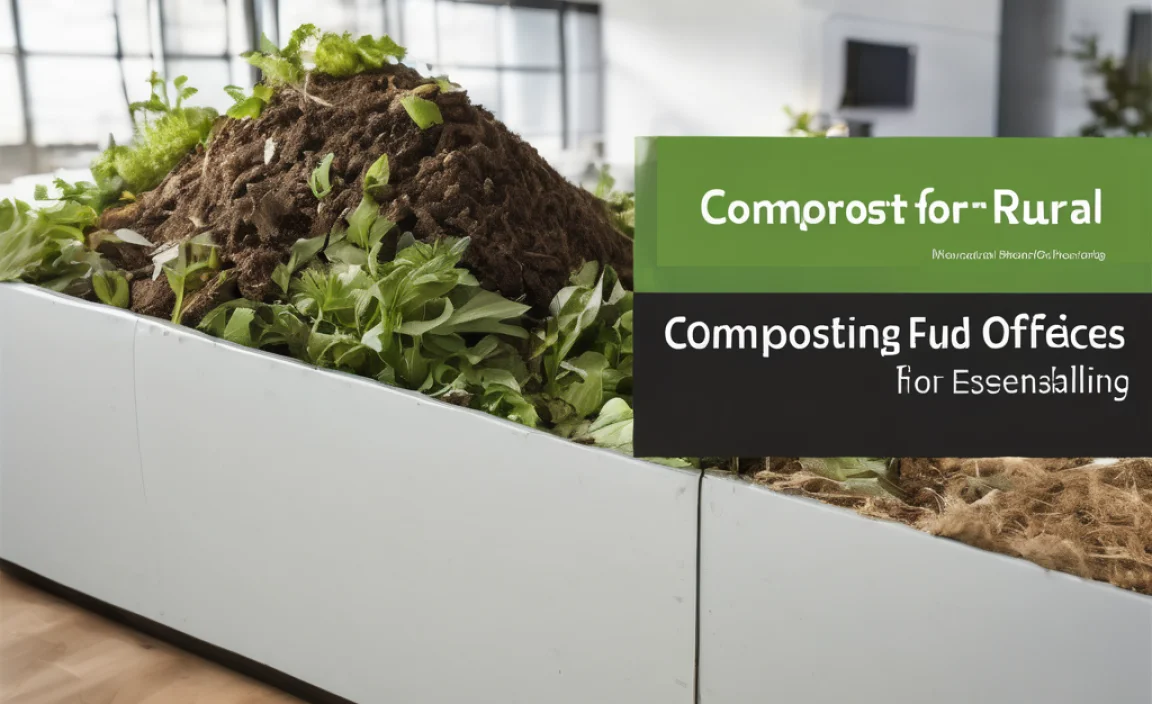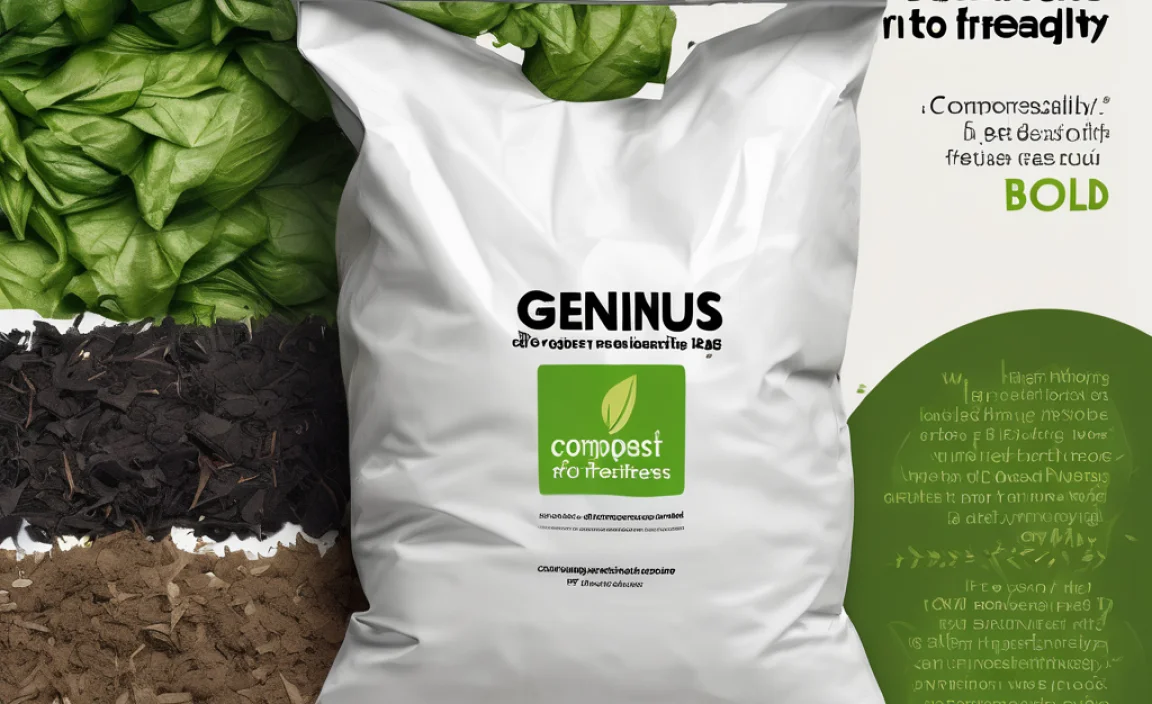Have you ever wondered how to turn kitchen scraps into soil magic? Bokashi composting might be your answer. It’s a fun and easy way to reduce waste. Plus, it helps your garden grow like never before! This method is different from regular composting. It uses special microbes to ferment your food scraps. Want to learn more? Here are some bokashi composting tips to get you started!
Key Takeaways
- Bokashi composting uses special microbes to ferment waste.
- It works faster than regular composting methods.
- This method can handle meat and dairy scraps.
- Follow our bokashi composting tips for great results.
- It’s perfect for small spaces and urban areas.
Bokashi Composting Tips: What You Need
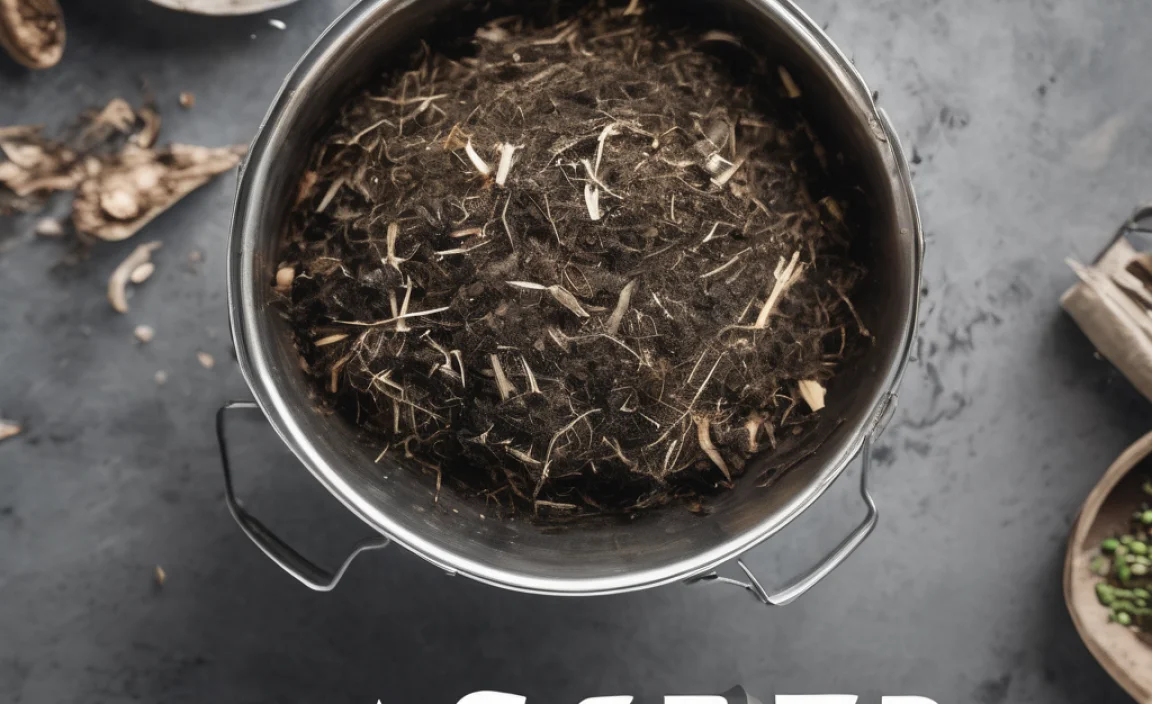
Starting with bokashi composting is easy. First, you’ll need a bokashi bin. This bin is airtight and keeps odors inside. You will also need bokashi bran. This special mixture contains the microbes needed for fermentation. Look for a place in your home to keep the bin. A kitchen corner or pantry works well. Make sure it’s easy to reach.
- Get an airtight bokashi bin.
- Buy or make bokashi bran.
- Choose a spot for your bin.
- Keep it away from heat.
- Ensure easy access for daily use.
- Rinse and dry hands after use.
- Read instructions carefully.
Once you have your supplies, you’re ready to start. Add food scraps to the bin daily. Sprinkle a layer of bokashi bran over your scraps. This helps the microbes start working. Make sure to close the lid tightly every time. This keeps the air out and the microbes happy.
Fun Fact: Bokashi composting originated in Japan!
Choosing the Right Bin
Why is choosing the right bin important? The right bin keeps the process clean and efficient. Look for bins made of durable plastic. They should also have a tight seal. Some bins come with a spigot at the bottom. This allows you to drain the liquid, called bokashi tea. This tea is a great fertilizer, rich in nutrients.
Using Bokashi Bran
Bokashi bran is like magic dust for your compost. It’s full of microbes ready to break down food. How much should you use? A handful per layer of scraps is enough. Sprinkle it evenly to cover the surface. This helps prevent smells and speeds up fermentation.
Finding a Bin Location
Where should you place your bokashi bin? Find a spot that’s convenient and temperate. Avoid putting it near heat sources like ovens. Heat can affect the fermentation process. Keeping it in the kitchen makes it easy to add scraps. A pantry or under the sink is ideal.
How Bokashi Differs From Regular Composting
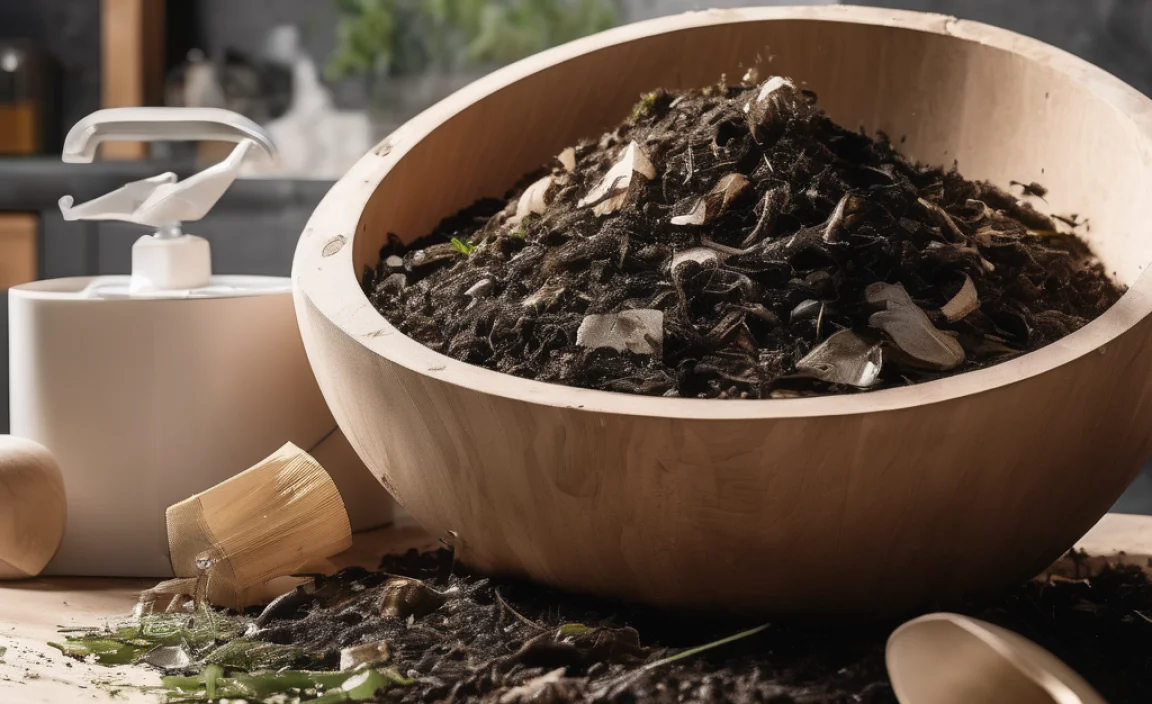
Bokashi composting is unique. It ferments instead of decomposing. Traditional composting needs air and turning. Bokashi works anaerobically, without air. It also handles meat and dairy scraps, unlike regular composting. This makes it versatile and efficient.
- Uses fermentation, not decomposition.
- Works without turning or mixing.
- Handles meat and dairy scraps.
- Produces compost faster.
- Requires less space.
- Minimal odor when done right.
- Fermentation creates nutrient-rich byproducts.
Understanding these differences helps you choose the right method. Bokashi is often faster and more manageable in small spaces. It’s a great option for urban gardeners. If you want quick results, bokashi is your friend!
Fun Fact: Bokashi composting can cut waste by up to 50%!
Fermentation vs. Decomposition
What is the difference between fermentation and decomposition? Fermentation is a process where microbes break down food without air. It produces a sour smell like pickles. Decomposition needs oxygen. It happens more slowly and produces earthy smells.
Handling Meat and Dairy
Can regular compost handle meat and dairy? No, but bokashi can! Most compost piles can’t break these down safely. Bokashi’s fermentation process makes it possible. This means less food waste in your trash.
Space and Time Efficiency
Bokashi composting is super efficient. It takes less space and works faster. A small bin can fit in a tiny apartment. Within weeks, you’ll have compost ready to use. This is perfect for busy city dwellers.
Steps for Starting Bokashi Composting
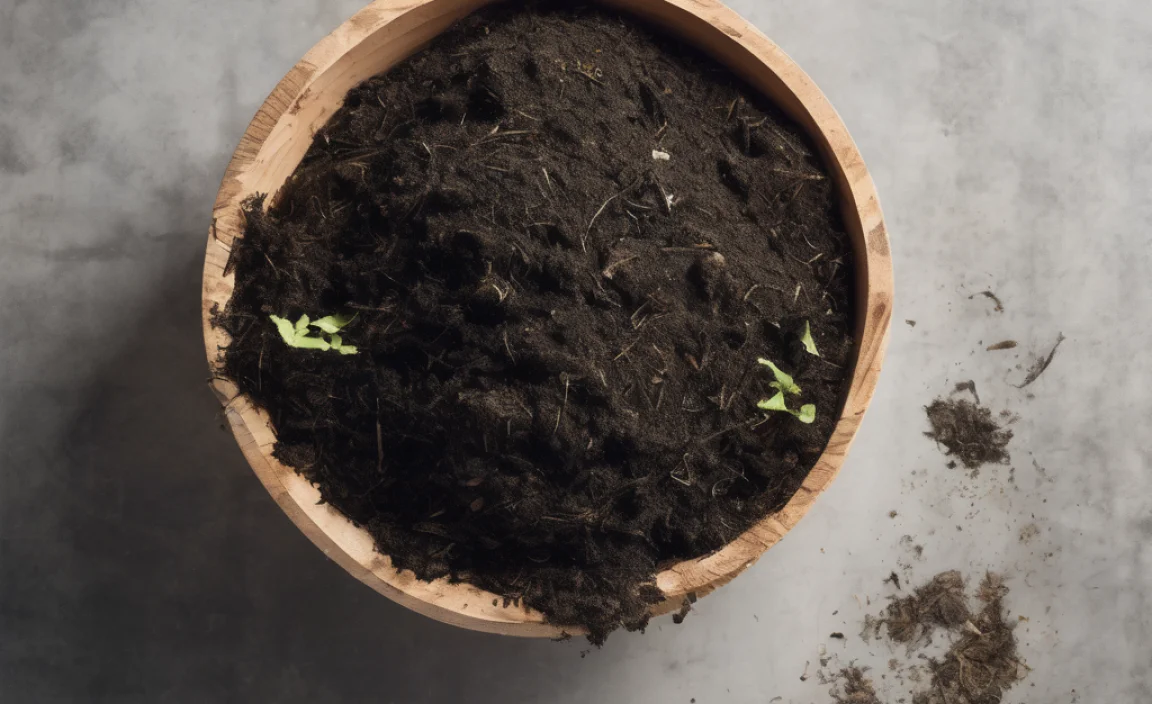
Ready to start bokashi composting? Follow these steps for success. First, gather your supplies: bin, bran, and food scraps. Next, find a suitable spot for your bin. Add food scraps, then sprinkle bokashi bran. Seal the lid tightly after each use.
- Gather bin, bran, and scraps.
- Place bin in a cool, accessible spot.
- Add scraps daily or weekly.
- Sprinkle bran over each layer.
- Tightly seal the bin lid.
- Check for liquid build-up.
- Drain bokashi tea as needed.
After filling the bin, let it sit for 2 weeks. This allows the fermentation to complete. Afterward, bury the contents in your garden or add them to a compost pile. The fermented scraps enrich the soil with nutrients.
Fun Fact: Bokashi tea can fertilize houseplants or garden beds!
Gathering Supplies
Why are supplies important for bokashi composting? Having everything ready makes the process smoother. Get a durable bin and enough bokashi bran. This way, you’re prepared for weeks of composting. Keep food scraps in a small container until you’re ready to add them to the bin.
Adding Scraps and Bran
How do you add scraps and bran correctly? Layering is key. Add a small layer of food scraps. Then, sprinkle a handful of bran. Repeat this process until the bin is full. Remember to press down lightly to remove air pockets.
Sealing and Waiting
How does sealing and waiting work? Seal the bin tightly after adding scraps. This keeps the air out. Let the bin sit for at least 2 weeks before opening. During this time, the microbes work hard to ferment your waste.
Using Bokashi Compost in Your Garden
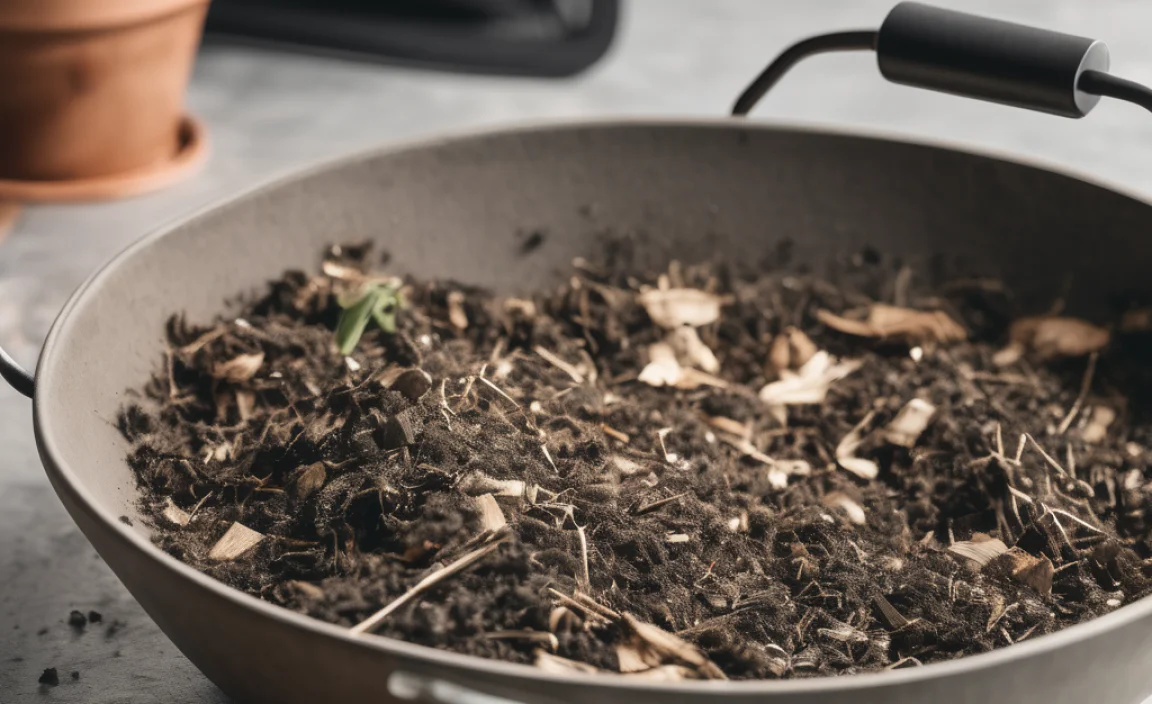
What do you do with bokashi compost once it’s ready? It’s easy to use in your garden. Dig a trench or hole in your garden bed. Pour the fermented scraps into the trench. Cover with soil. This enriches the soil with nutrients.
- Dig a trench or hole in the garden.
- Pour fermented bokashi scraps inside.
- Cover with a layer of soil.
- Wait a few weeks for absorption.
- Plant directly over the compost.
- Mix into existing garden soil.
- Boosts plant growth significantly.
Bokashi compost acts as a superfood for plants. It gives them all the nutrients they need to thrive. Watch your garden grow faster and healthier. This method is perfect for flowers, vegetables, and herbs.
Fun Fact: Bokashi composting can improve soil health in just weeks!
Digging and Burying
Why dig and bury bokashi compost? Burying helps it integrate with the soil. This method keeps pests away. As the scraps break down, they release nutrients. Your garden will love this new food source.
Using Bokashi Tea
Have you ever heard of bokashi tea? It’s the liquid drained from your bin. Dilute it with water and use it on your plants. It acts as a liquid fertilizer. This tea helps boost growth and plant health.
Planting Over Bokashi Compost
What happens when you plant over bokashi compost? The soil becomes rich and fertile. Plants grow strong roots in this environment. The compost breaks down further, feeding your garden continuously.
Maintaining Your Bokashi Compost System
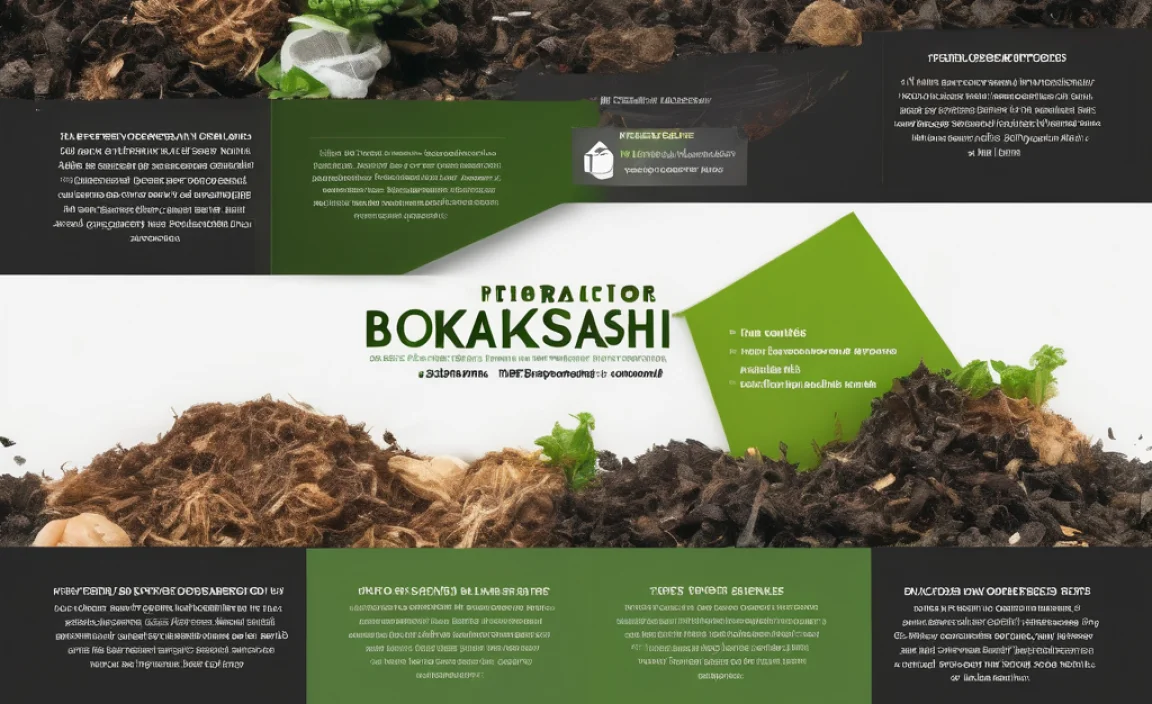
How do you maintain a bokashi compost system? It’s simple with regular care. Monitor the liquid levels in your bin. Drain excess bokashi tea as needed. Keep your bin clean and free of odors. Check for any signs of mold or pests.
- Monitor liquid levels regularly.
- Drain excess bokashi tea.
- Keep bin clean and odor-free.
- Check for mold or pests.
- Replace bran when low.
- Ensure tight lid sealing.
- Follow manufacturer’s instructions.
Maintenance is key to a successful bokashi compost system. Regular checks ensure the microbes stay active. This keeps your composting process running smoothly. You’ll have nutrient-rich compost ready to use in no time.
Fun Fact: A properly maintained bokashi system rarely smells bad!
Monitoring Liquid Levels
Why monitor liquid levels in your bokashi bin? Excess liquid can cause odors. Check it weekly and drain as necessary. Use the liquid as a fertilizer for your garden or houseplants. Keep the process odor-free and efficient.
Checking for Mold or Pests
How do you check for mold or pests? Regularly inspect your bin. A small amount of white mold is normal. If you see black mold or bugs, something is wrong. Adjust the amount of bran or change the scraps you’re using.
Keeping the Bin Clean
Why is it important to keep the bin clean? A clean bin prevents odors and pests. Wipe it down regularly. Make sure seals are tight. This keeps the microbes happy and working hard.
| Composting Method | Speed | Space Needed | Handles Meat/Dairy |
|---|---|---|---|
| Bokashi | Fast | Small | Yes |
| Traditional | Slow | Large | No |
| Vermicomposting | Moderate | Moderate | No |
Conclusion
Bokashi composting is a great way to reduce waste and enrich soil. It’s faster and more versatile than traditional methods. Follow these bokashi composting tips for success. Whether you’re in a city or have a big garden, bokashi works for you. Start today and see the magic happen!
FAQs
Question: What can I compost with bokashi?
Answer: Bokashi can handle almost all food scraps. This includes fruit, vegetables, meat, and dairy. Avoid too much liquid and large bones. Use our bokashi composting tips for best results. It’s a versatile system for all food waste.
Question: Can I use bokashi compost indoors?
Answer: Yes, you can use bokashi compost indoors. It’s perfect for small spaces. The airtight bin controls odors. Follow our bokashi composting tips to keep it clean and efficient. It’s an ideal solution for apartment dwellers.
Question: How long does bokashi composting take?
Answer: Bokashi composting takes about 2-4 weeks. This is faster than traditional methods. After filling the bin, let it sit sealed. The microbes will ferment your scraps quickly. Use our bokashi composting tips to speed up the process.
Question: What is bokashi tea?
Answer: Bokashi tea is the liquid byproduct of fermentation. It drains from the bokashi bin. This tea is a potent fertilizer. Dilute it with water before using on plants. It helps boost plant growth and health.
Question: How do I store bokashi bran?
Answer: Store bokashi bran in a cool, dry place. Keep it sealed tight in a container. Moisture can activate the microbes early. Make sure it stays fresh for effective composting. Follow our bokashi composting tips for proper storage.
Question: Is bokashi composting eco-friendly?
Answer: Yes, bokashi composting is very eco-friendly. It reduces kitchen waste significantly. It enriches soil without chemicals. Bokashi composting tips help you make the most of this green method. It’s a sustainable choice for everyone.

